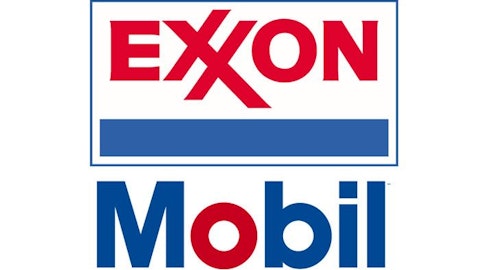Value investing is one of the most intuitively appealing investment methods out there, and the reason is simple: Everyone loves a bargain. But just like smart shoppers ask tough questions about product quality before they jump on a sale-priced item, so too do value investors have to look closely at beaten-down stocks to decide whether they’re truly good values or just cast-off clearance-rack companies with few future prospects.
The dangers of cheap stocks
If value investing were as simple as finding stocks trading at cheap prices, then it would be a trivial endeavor to make money. Even most beginning investors understand that low share prices by themselves mean nothing, as the total value of a company depends not only on the price per share of stock but also on the number of shares outstanding. A company with 1 million shares priced at $100 is worth the same as one with 100 million shares priced at $1, so gauging whether a stock is expensive or cheap based solely on share price doesn’t give you enough information to draw valid conclusions.
Yet while most investors know to go beyond share price, they often get stuck at the earnings-multiple stage. The ratio of price to earnings is one of the favorites in all of value investing, as it attempts to tie the fundamental driver of stock prices to the prevailing current share price in the market. In general, the more net income a company is able to generate, the more valuable its shares should be.
Before you conclude that a stock is fundamentally cheap based on its P/E ratio, though, you need to look not just at its current earnings but also at its future prospects. Often, especially with cyclical stocks, you’ll find that P/E gives you the exact opposite message that you’d expect. Consider these examples:
- In the energy sector, oil giants
Exxon Mobil Corporation (NYSE:XOM) and Chevron Corporation (NYSE:CVX) both have attractive P/E ratios of around 10. Yet looking forward, analysts don’t expect either company to produce a lot of profit growth, as both companies have had to work extremely hard to avoid massive output declines stemming from falling production levels from their respective oil-field assets. As long as Exxon Mobil Corporation (NYSE:XOM) and Chevron Corporation (NYSE:CVX) can acquire new properties with lucrative prospects, they’ll be able to keep revenue up, but it’s far from certain whether they’ll succeed in finding new discoveries.
- The cyclical trend is even more apparent in the refining industry. Marathon Petroleum Corp (NYSE:MPC) and Phillips 66 (NYSE:PSX) have made huge share-price advances over the past year, as extremely wide spreads between crude oil prices in the U.S. and abroad have led to unusually high profits for refined-product sales. Now, though, analysts have increasingly concluded that a combination of rising costs, greater regulation, and narrowing spreads will lead to falling profits, making current P/Es based on trailing earnings artificially low if they turn out to be right.
- You can find similar trends in other industries as well. Even in the traditionally high-growth tech industry, many sector giants have seen their P/E ratios plunge as earnings growth has slowed to a standstill. Dell Inc. (NASDAQ:DELL) is one of the most notable of these companies, with explosive growth during the 1990s having given way more recently to the PC bust and concerns about the viability of its business model going forward. Its share price has fallen so far that some value investors believe that the stock is a good prospect even with its business challenges, but failing to take projections of further headwinds into account when assessing the stock will certainly get you in trouble.
Conversely, you can sometimes find great values even among stocks with high P/E ratios. As long as earnings are growing quickly enough, a stock can justify an extremely high earnings multiple, at least for short periods of time. Obviously, paying too much for a high-growth stock doesn’t make sense, but you can’t focus on a given P/E level and have it work for every stock.
The right way to find value
Value investing is a useful tool for your arsenal of profitable investing methods, but it only works well if you can pin down what truly represents value. Trying to simplify value investing too much will get you into trouble, especially once you discover that many of the cheap stocks you run into in your research are cheap for very good reasons.
Tune in every Monday and Wednesday for Dan’s columns on retirement, investing, and personal finance. You can follow him on Twitter @DanCaplinger.
The article Value Investing Isn’t Just Buying Cheap Stocks originally appeared on Fool.com is written by Dan Caplinger.
Fool contributor Dan Caplinger has no position in any stocks mentioned. The Motley Fool recommends Chevron.
Copyright © 1995 – 2013 The Motley Fool, LLC. All rights reserved. The Motley Fool has a disclosure policy.






